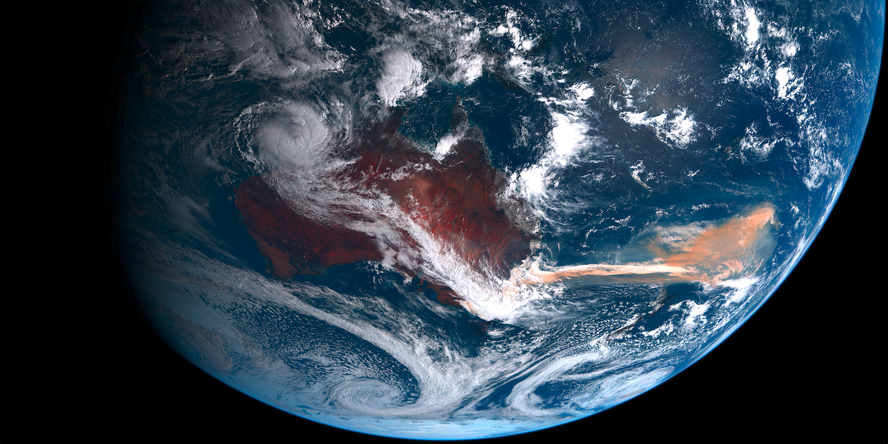Australian fires cause an overabundance of algae in the Antarctic Ocean

A study has shown for the first time that aerosols produced in fires can travel thousands of kilometres driven by winds and fertilize the sea. This can lead to large extraordinary blooms of algae, as happened in the Antarctic Ocean, following the giant fires that took place in Australia in 2019-2020.
Researchers used satellite observations, marine robot measurements, atmospheric transport models and atmospheric chemistry data to track the expansion of pyrogenic feral aerosols from forest fires in Australia and measure their influence on algal growth. The results have been published in the journal Nature and have related the growth of phytoplacton to carbon dioxide in the air.
In fact, researchers believe that algae could partly absorb the CO2 released by fires to perform photosynthesis, thereby reducing the impact of fires on the climate. However, they've recognized that they don't know about absorbed CO2, the amount left behind in the ocean and the release into the atmosphere.
In addition, it is recalled that these gigantic fires will become increasingly frequent due to the climate emergency.





